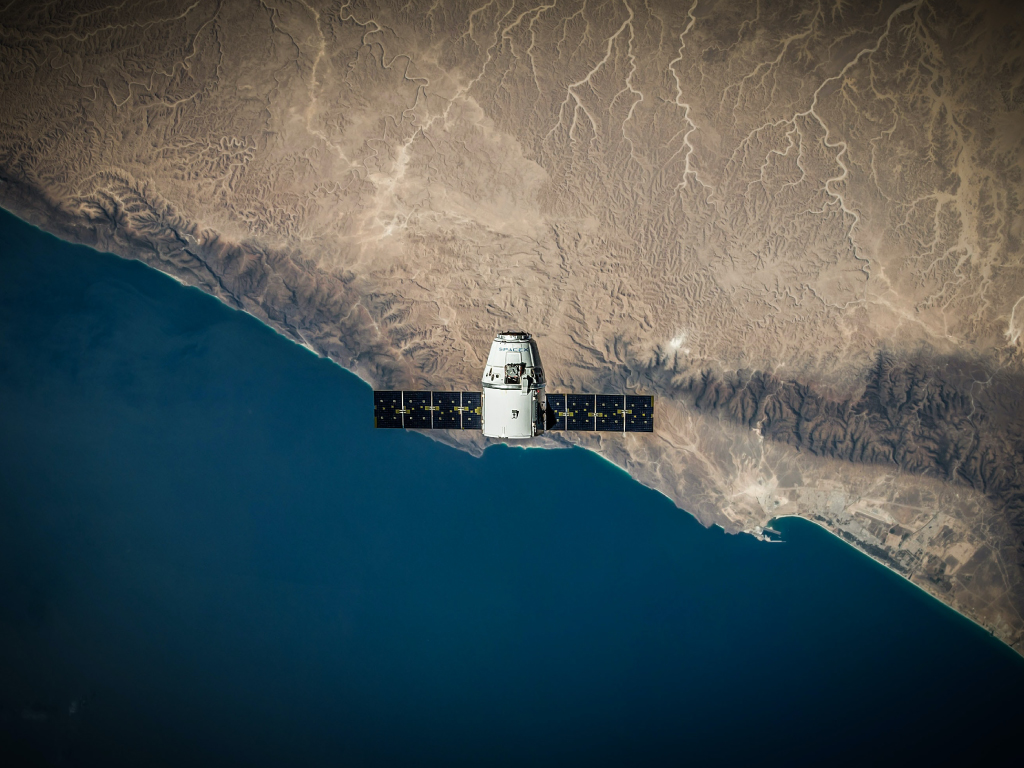
April 14, 2022

We’ve expanded our visual library with several new videos available on our YouTube Channel. If you’re interested in learning more about SANSA as a Centre of Excellence in High-Frequency Communications, watch the video here: https://bit.ly/36mHs9a
Have you ever wondered what would happen if all our satellites stopped working? A major space weather event could damage our satellites and ground-based infrastructure, causing issues with navigation, communications and even the power grid. Watch the video here: https://bit.ly/3JgvDzF
Our fascination with space has also led to some strange words being add to the science lexicon. Here are but a few:
Gibbous: Used to describe a planet or moon that is more than 50% illuminated.
Asterism: A noteworthy or striking pattern of stars within a larger constellation.
Degrees (measuring the sky): The sky is 360 degrees all the way around, which means roughly 180 degrees from horizon to horizon. It’s easy to measure distances between objects: Your fist on an outstretched arm covers about 10 degrees of sky, while a finger covers about one degree.
Visual magnitude: This is the astronomer’s scale for measuring the brightness of objects in the sky. The dimmest object visible in the night sky under perfectly dark conditions is about magnitude 6.5. Brighter stars are magnitude 2 or 1. The brightest objects get negative numbers. Venus can be as bright as magnitude minus 4.9. The full moon is minus 12.7 and the sun is minus 26.8.
Terminator: The boundary on the moon between sunlight and shadow.
Zenith: The point in the sky directly overhead.
Courtesy of https://www.space.com/16149-night-sky.html


